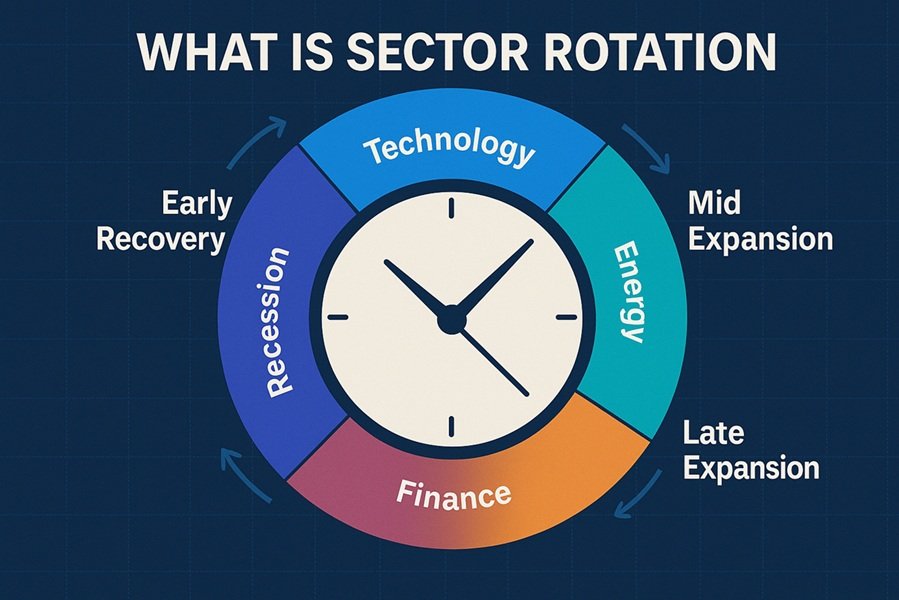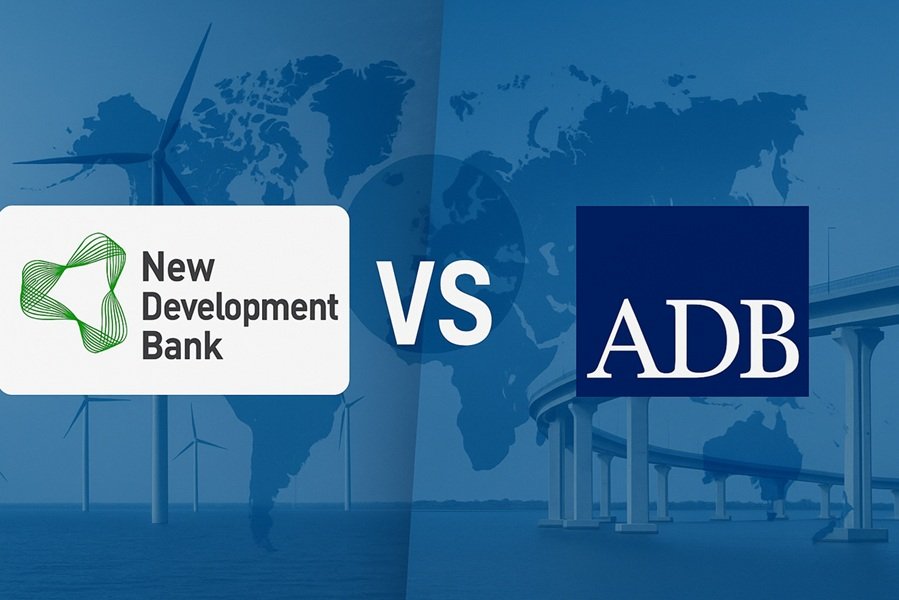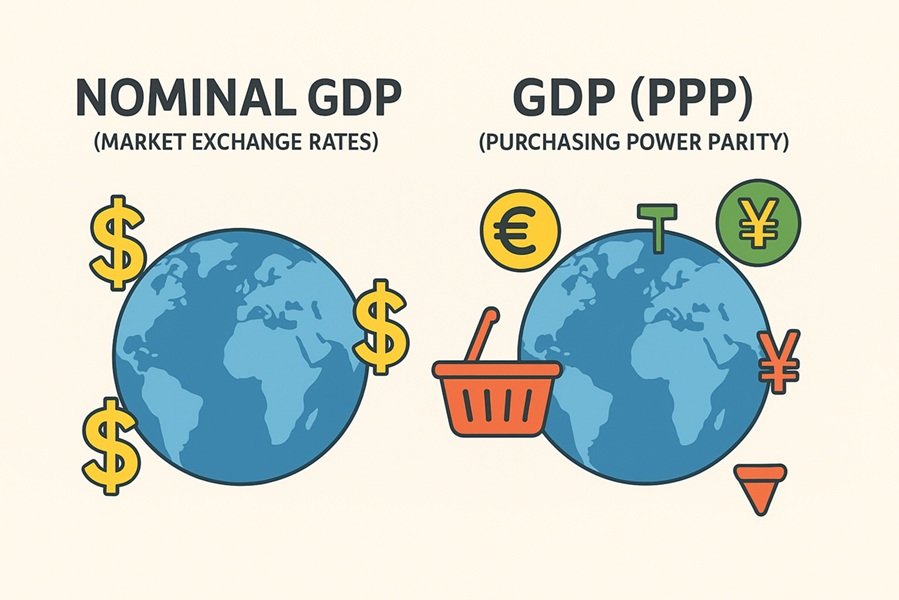
Introduction: A Common Temperature Puzzle
Have you ever wondered whether -40°C is colder than -40°F? It’s a question that confuses many people, especially those dealing with weather forecasts, science assignments, or international travel.
What makes this question particularly interesting is that it reveals a rare scientific coincidence between the two most commonly used temperature scales in the world: Celsius and Fahrenheit.
Let’s unravel the answer and understand the math and logic behind it.
The Quick Answer
❗ Minus 40°C is equal to Minus 40°F. They are the same temperature!
Yes, you read that right—−40°C = −40°F. It’s the only point on both temperature scales where the values intersect exactly.
Understanding the Temperature Scales
🌍 Celsius (°C)
- Used in most parts of the world.
- Based on the freezing point of water (0°C) and boiling point (100°C).
- Used in scientific calculations (SI Unit of Temperature).
🇺🇸 Fahrenheit (°F)
- Used primarily in the United States and a few Caribbean nations.
- Freezing point of water is 32°F, and boiling point is 212°F.
- Tends to give larger numeric values for the same temperature compared to Celsius.
The Math Behind the Intersection
To convert °C to °F:

Let’s find the temperature where °C = °F.

Solving for x:

✅ Answer: x = -40
🧊 Real-Life Applications
- Weather reports: Knowing this can help you understand how cold it is in different parts of the world.
- Aviation and science: Engineers often use this intersection in thermal calibration.
- Fun fact for quizzes: This is a great trivia question in school and competitive exams.
🧠 Did You Know?
- 🔥 -40°F or -40°C is dangerously cold. Skin can freeze in less than 10 minutes if exposed without protection.
- 🧊 This temperature is common in parts of Canada, Russia, and Antarctica during deep winter.
- 🌐 Space missions use Celsius or Kelvin, but often mention this unique -40 point when discussing extremes.
🧭 Related Topics to Explore
- Arbor Day 2025 (USA): Quotes, Captions
- World Earth Day 2025: Wishes, Captions & Quotes to Celebrate Our Planet
- Introduction: Evolution of Technology in Cricket
📚 Conclusion
So, next time someone asks you which is colder—-40°C or -40°F, you can confidently say, “Neither! They’re the same temperature.” It’s a fascinating example of how science can sometimes surprise us with neat coincidences.







